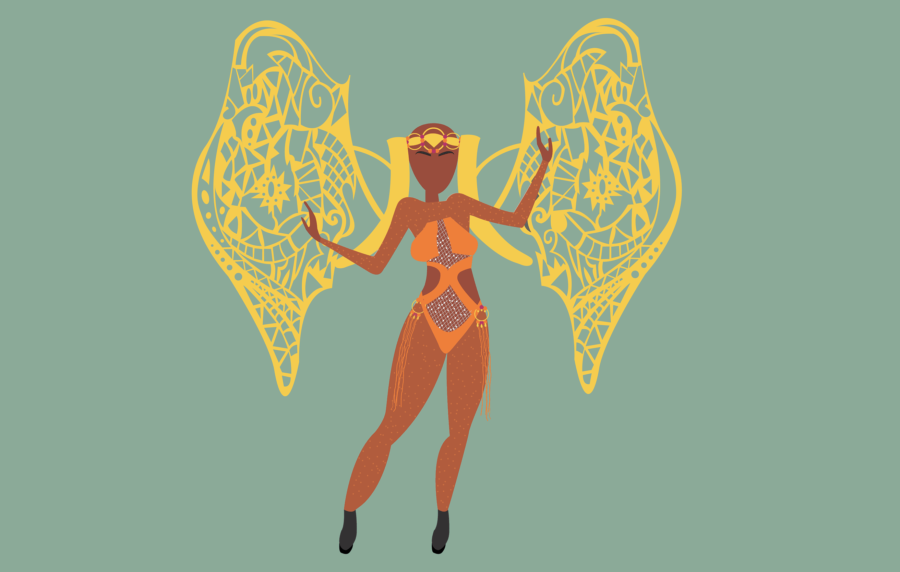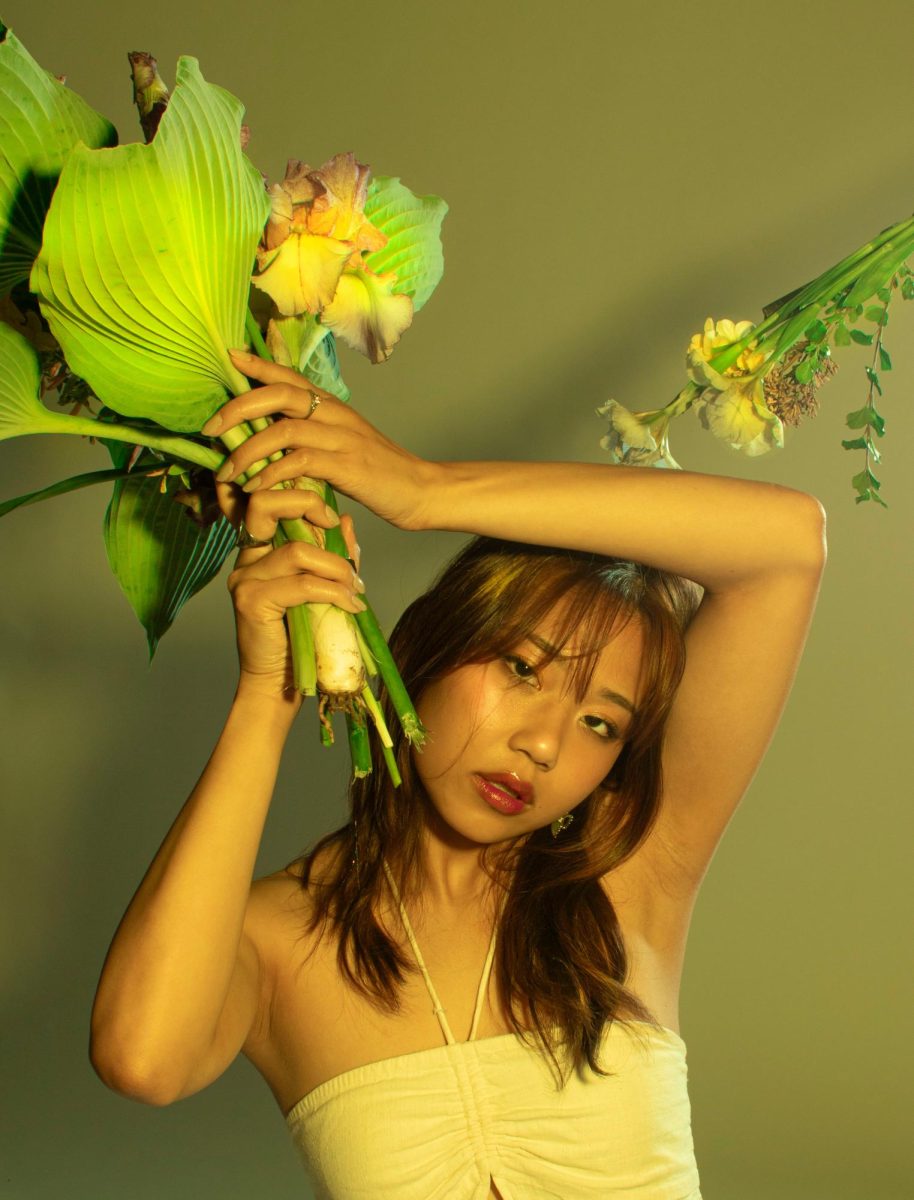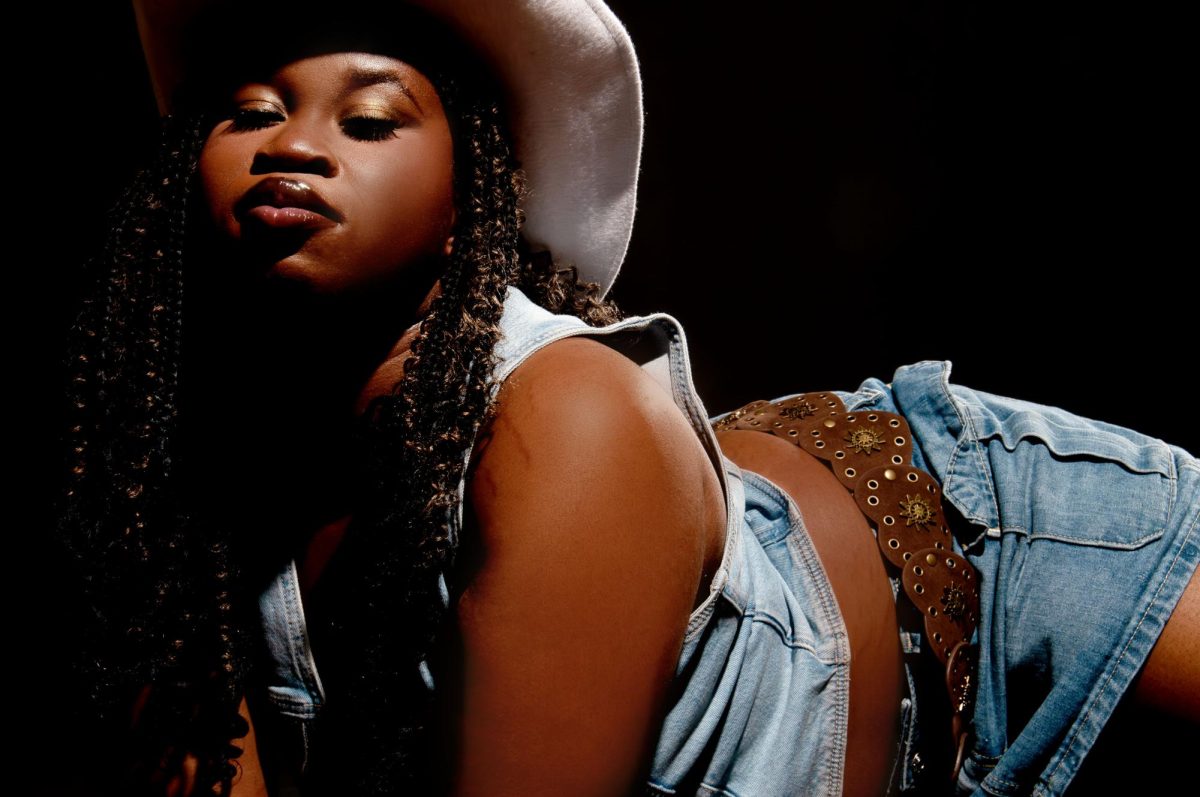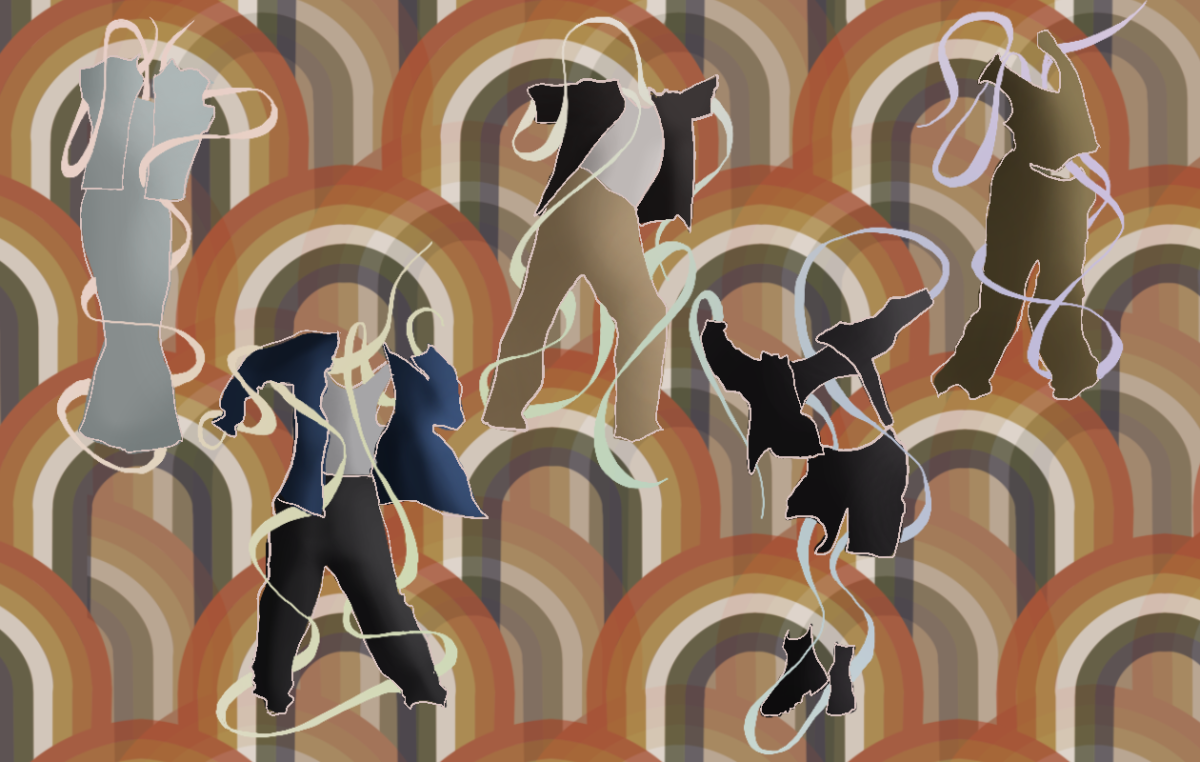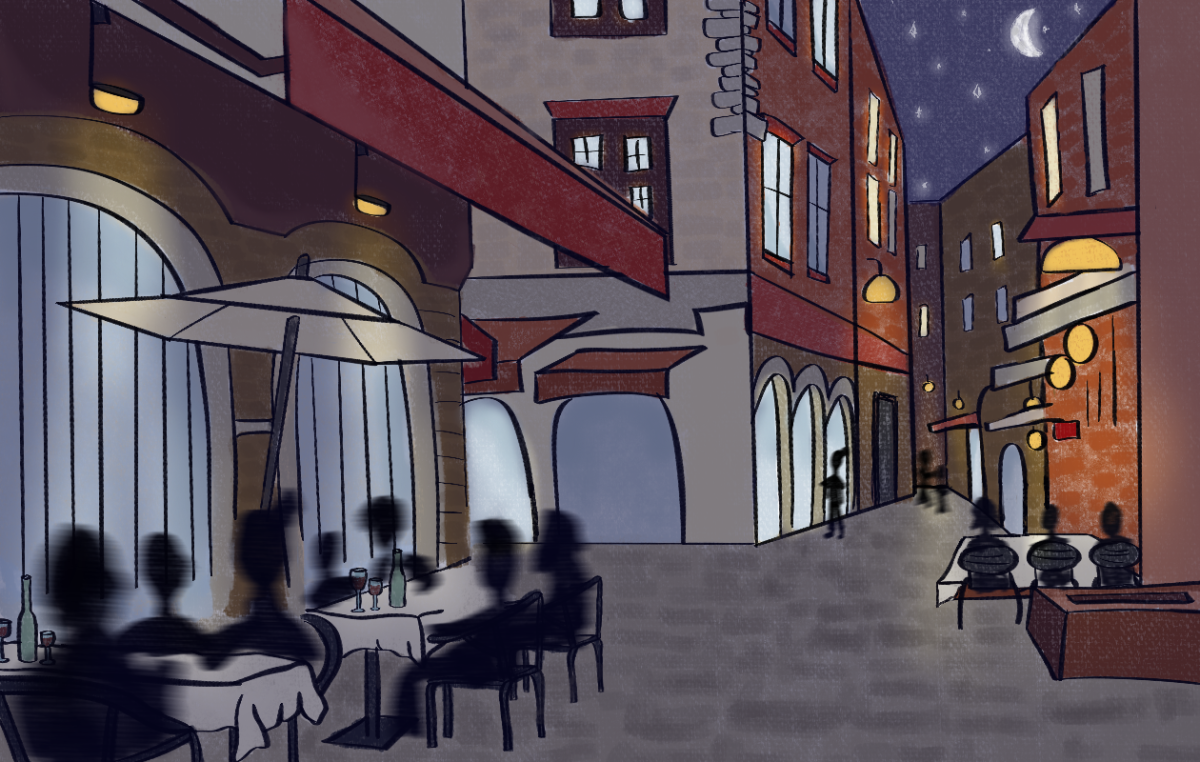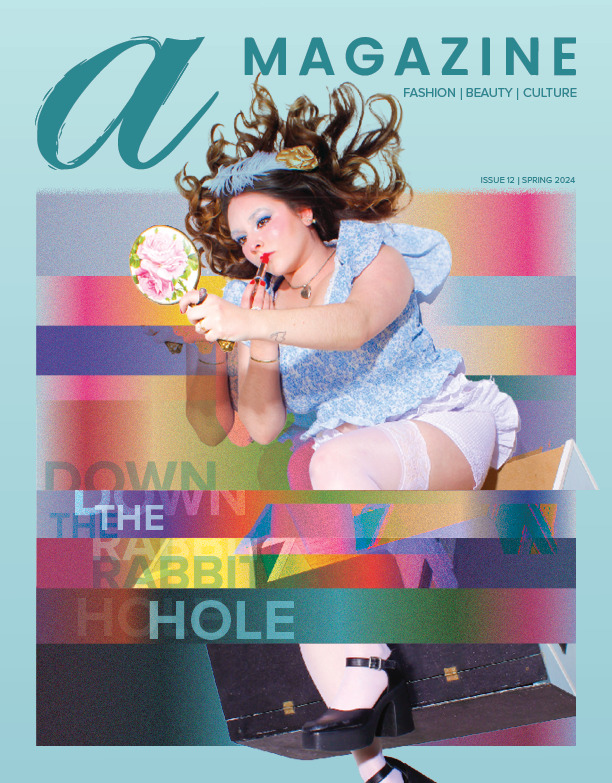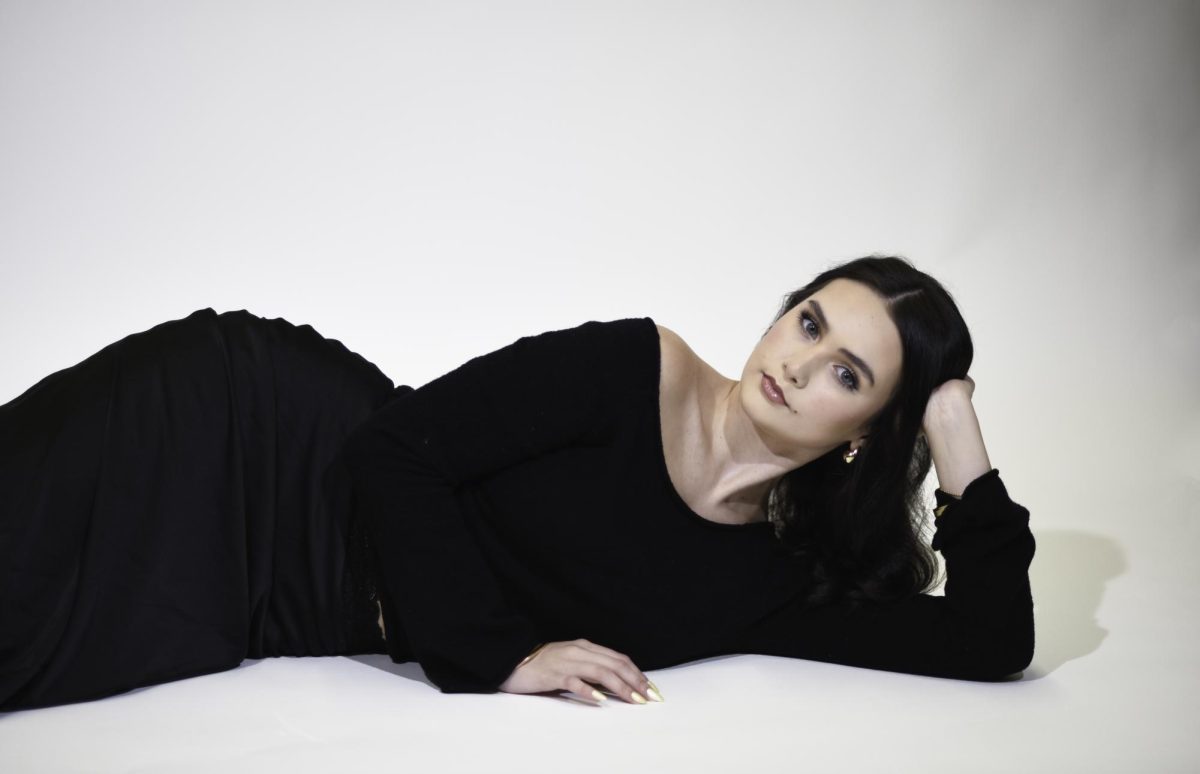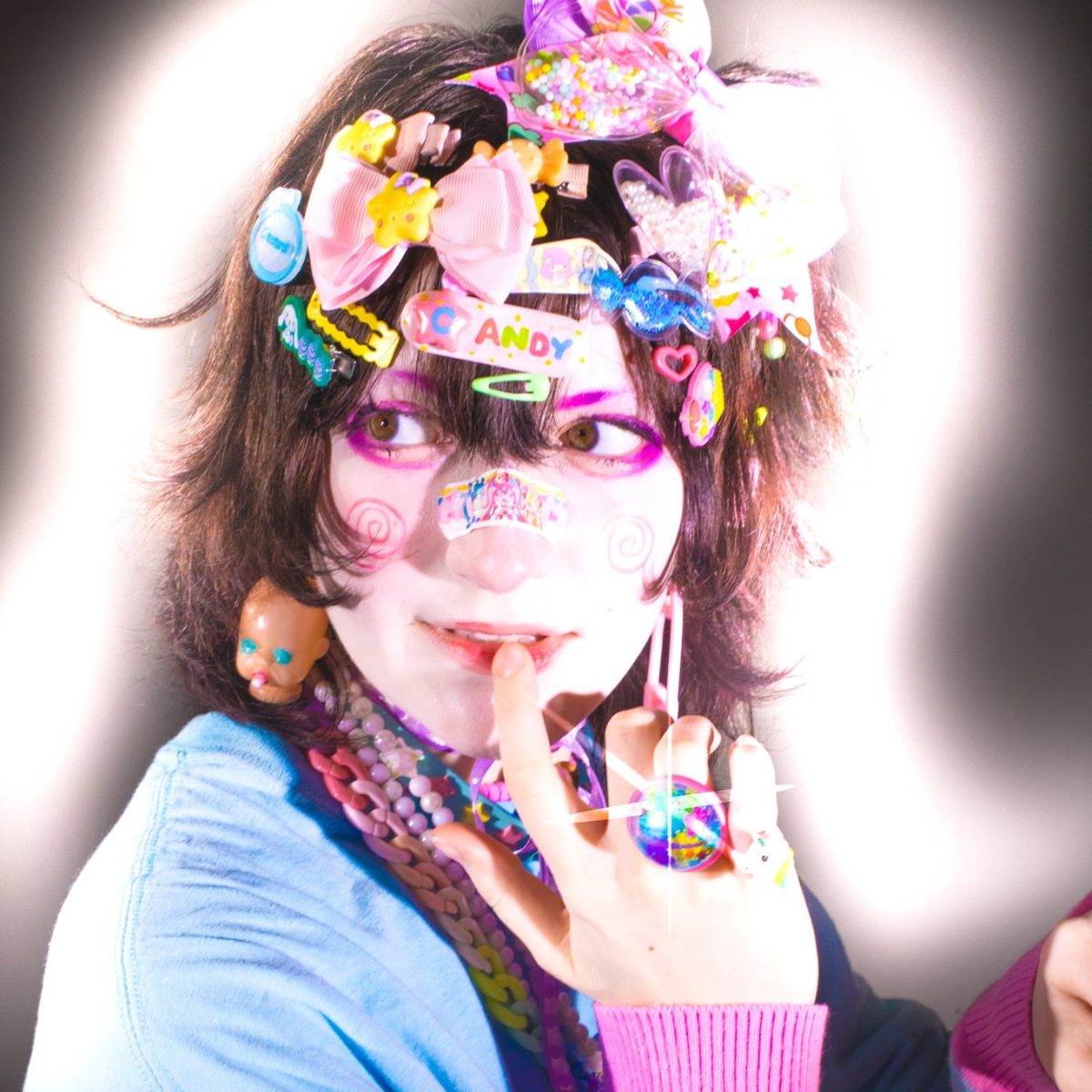Trinidad and Tobago Carnival, often referred to as “The Greatest Show on Earth,” consists of street parades by bands of costumed masqueraders, who are led by a King’s or Queen’s costumes, who also compete for King and Queen titles on Dimanche Gras (Carnival Sunday). These celebrations originated during a period of slavery where slaves were banned from attending their masters’ balls and parties, so instead they improvised by having their own costumed events in their quarters.
After Emancipation in 1838, the former slaves challenged their plantation owners to publicly host their own Carnival celebrations. Since then, Carnival has evolved into an inclusive, elaborate billion-dollar revenue earner for Trinidad and Tobago. It is by far the most spectacular event on the nation’s calendar.
These celebrations take place on the Monday and Tuesday directly before Ash Wednesday, usually marked in February or March. A Carnival band could hold as many as 3,000 masqueraders, and to control the number of people on the streets, organizers would divide the band into sections of 200 to 500 masqueraders. The epicenter for the two-day Parade of the Bands in Trinidad and Tobago is Port of Spain, where I live. However, similar street parties are held at the sister capital, San Fernando and at community level in Mayaro, Chaguanas, Arima and Tobago.
While extreme energy and expensive skimpy costumes characterize Trinidad Carnival, Tobago Carnival, known as Bago Carnival, is a more laidback celebration focusing on the theatrical and folk elements of Carnival. Masqueraders usually choose to cool down in Tobago, as it’s considered to be the “last lap” after Trinidad for those who need to detach from the ecstasy of Carnival. The best time to visit Trinidad and Tobago for Carnival is the week before Carnival Monday and Tuesday.
Before COVID-19 struck fear and uncertainty into the nation, the last parade was held in February 2020. TRIBE, Trinidad and Tobago’s premier carnival band, is comprised of six bands: Tribe, The Lost Tribe, Bliss, Harts, Rogue, and Pure. The Lost Tribe is a band that strongly focuses on narrative and storytelling in its presentation. In 2020 the theme was “Anansi”, which paid homage to ancestry and the stories of and from the ancestors of Caribbean people.
The costumes, such as Eniyan, represented the elders who told the stories of Anansi, and carried it from generation to generation. Vibrant hues of yellow, orange, red and green feathers adorned these costumes, along with animalistic features and accessories, such as claw-decorated gloves, tribal and animal-themed headwear and prints, and African-themed jewelry. This is prevalent in Carnival fashion, as Anansi originated from the landscape and peoples of Africa.
The fashion of Carnival Monday and Tuesday differ as Monday is known as the “let loose,” less structured day, where attendees can wear custom swimwear and casualwear such as sequin bodysuits with sheer leggings, or shorts and a top or T-shirt, which incidentally most people prefer. Meanwhile,Tuesday is brought to life in full costume and splendor.
Trinidad and Tobago is multicultural (Amerindian, European, African, Indian, Chinese and Middle Eastern) and all of its groups have contributed musical influences to the sounds of Carnival. Trinidad-style Carnivals have been evolving around the world in places such as Tokyo, Berlin, Hollywood, Virginia, Miami, New York and Toronto. Renaissance Carnival, the Miami-based celebration, is currently the go-to for trinis (Trinidadians) as the entertainment sector from clubs to parties have been shut down since 2020 due to COVID. The upcoming October affair has most trinis buzzing with excitement and nostalgia while the rest of us are home with tabanca – a trini slang for suffering or missing something greatly.
With hope of Carnival 2022, we hold onto the blissful memories we had of our last carnival in 2020. Celebrating Carnival remains a large part of the Caribbean identity and its core is about resistance in the form of joy and reclaiming spaces. This tradition has survived through hardship, sacrifice and defiance and will continue to be an important fixture in Caribbean identity and culture.
Support Student Media
Hi, I’m Grace Avery, the Editor In Chief of A Magazine. My staff and I are committed to bringing you the most important and entertaining news from the realms of fashion, beauty and culture. We are full-time students and hard-working journalists. While we get support from the student media fee and earned revenue such as advertising, both of those continue to decline. Your generous gift of any amount will help enhance our student experience as we grow into working professionals. Please go here to donate to A Magazine.

